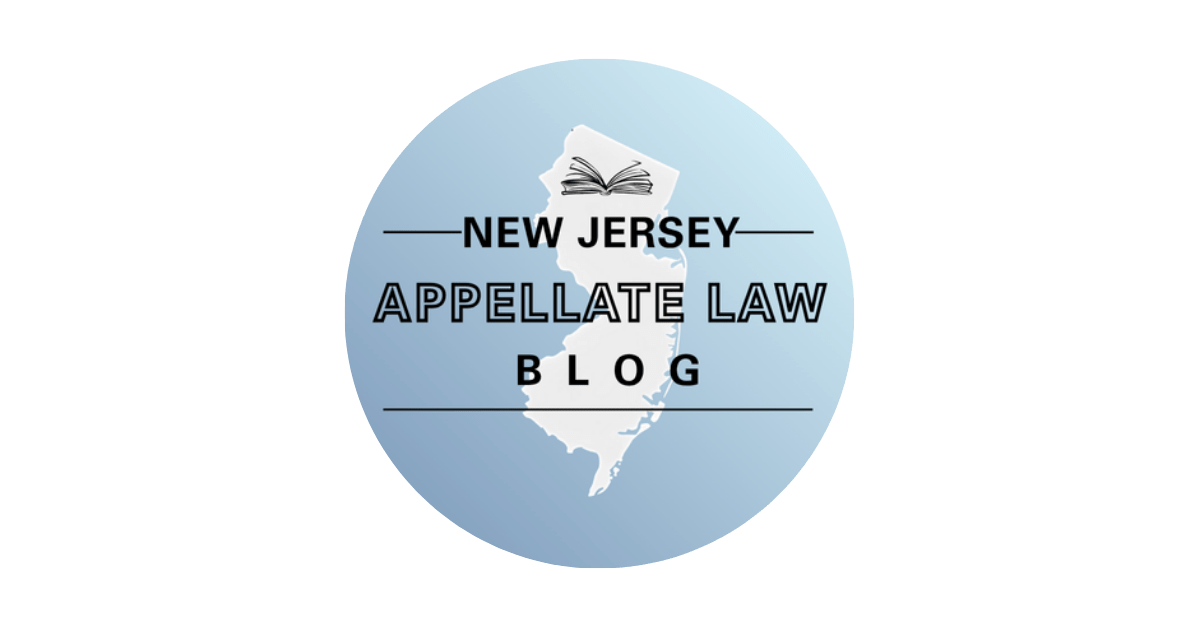The Supreme Court Says That Buck v. Henry Meant What It Said
To facilitate the inquiry as to whether an AOM provider is in the same specialty or subspecialty as the defendant, the Court in Buck v. Henry, 207 N.J. 377 (2011), directed that a defending physician “include in his answer the field of medicine in which he specialized, if any, and whether his treatment of the plaintiff involved that specialty.” That idea was later embodied in Rule 4:5-3.
The question in Wiggins turned on the fact that the Answer of the defendant doctor and medical practice stated that he practiced in more than one specialty. “At all relevant times, these defendants practiced the medical specialties of Internal Medicine and Gastroenterology and their treatment of [decedent] involved the medical specialties of Internal Medicine and Gastroenterology.” Plaintiffs, the adminstratixes of decedent’s estate, obtained an AOM from a doctor who specialized in internal medicine. She did not, however, also have a gastroenterology specialty.
Defendants moved to dismiss on the ground that plaintiff’s expert needed to specialize in both disciplines in which the defendant doctor specialized. The Law Division denied that motion, holding that plaintiff’s expert’s specialization in internal medicine was sufficient to comply with the AOM statute. That court quoted Buck, which had said “A physician may practice in more than one specialty, and the treatment involved may fall within that physician’s multiple specialty areas. In that case, an [AOM] from a physician specializing in either area will suffice.”
After a motion for reconsideration was denied, defendants obtained leave to appeal. In an opinion reported at 478 N.J. Super. 355 (App. Div. 2024) and summarized here, the Appellate Division reversed. At the heart of that court’s ruling was its conclusion that the language of Buck quoted above was dicta and therefore not controlling.
The Supreme Court granted review and reversed, applying de novo review to the question of statutory interpretation presented. Justice Fasciale provided a lengthy and helpful analysis of the overall law in the area of AOMs. But the key to the Court’s ruling was its conclusion that the Buck language, far from being dicta, was “carefully considered guidance, binding on the lower courts, germane to when a defending physician practices in more than one specialty and when treatment involved may fall within those specialty areas” (citing and quoting two prior Supreme Court cases and a legal treatise).
That language conformed with the AOM statute. “The plain language of N.J.S.A. 2A:53A-41 does not require an AOM to be from an individual with the same numerous specialties as the defending physician; instead, it requires only the same ‘specialty or subspecialty’ in the singular” (emphasis by Justice Fasciale), and “also requires that the ‘care or treatment at issue involve[] [the defending physician’s] specialty or subspecialty,’ not specialties or subspecialties.” Justice Fasciale also quoted Buck as saying, as regards the AOM statute, that “there is no legislative interest in barring meritorious claims brought in good faith,” and that “the Legislature did not intend to create a minefield of hyper-technicalities in order to doom innocent litigants possessing meritorious claims” (cleaned up). The Court’s ruling in Wiggins applied those principles.
Finally, Justice Fasciale distinguished two cases on which defendants had relied. Nicholas v. Mynster, 213 N.J. 463 (2013), and Pfannenstein v. Surrey, 475 N.J. Super. 83 (App. Div. 2023), discussed, respectively, here and here. Both of those cases, he noted, involved AOMs offered by physicians who did not have the same specialty as the defending doctor.
Accordingly, the Court reversed the Appellate Division’s ruling, reinstated the Law Division’s denial of dismissal, and remanded the case for further proceedings, carefully stating, however, that “plaintiffs are still left to their proofs. Our holding in no way relieves plaintiffs from demonstrating Dr. Goyal’s professional negligence at trial; we resolve only the threshold issue of the sufficiency of plaintiffs’ AOM.”

